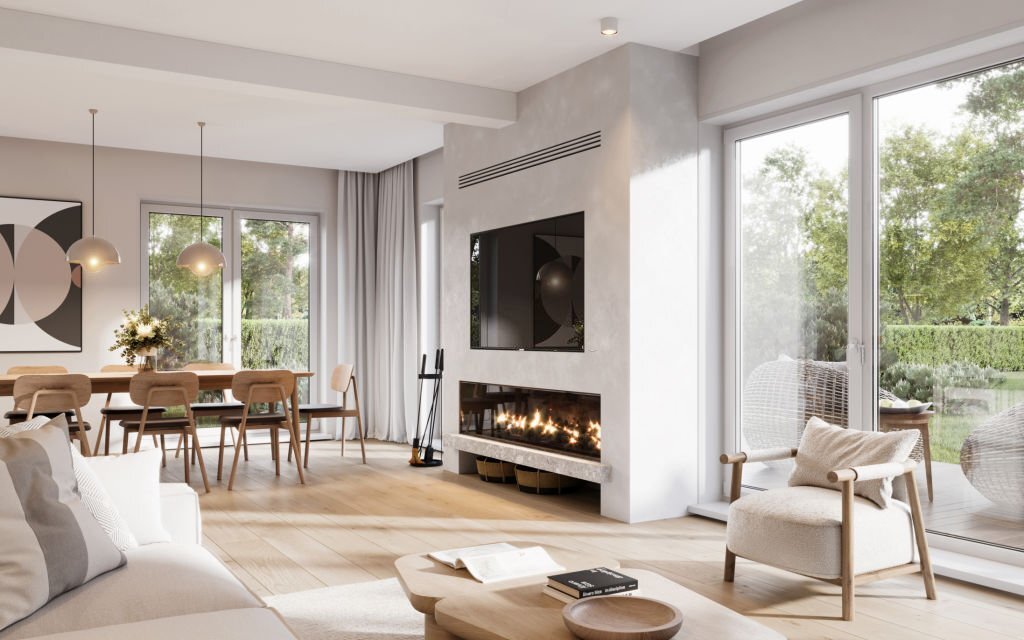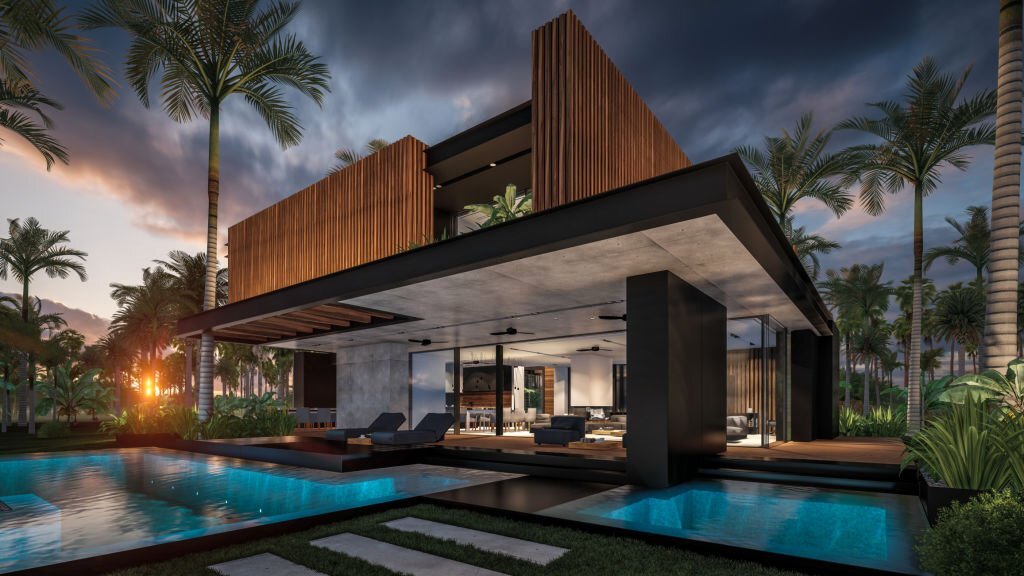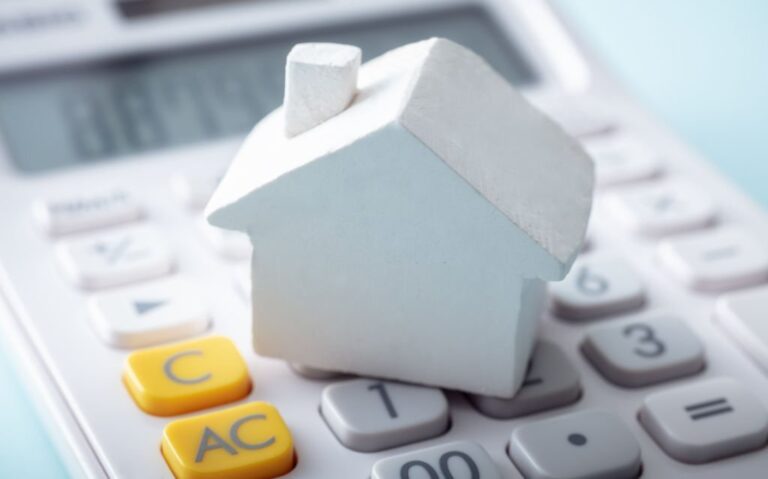If you’re looking to hire a real estate photographer to capture high-quality images of your property for selling purposes, there are several factors to consider. Here’s a guide to help you find and work with a real estate photographer:
How Do I Find a Photographer When Selling My Home?
Finding a photographer to capture images of your home for selling is an important step in the real estate process, as high-quality photos can significantly impact potential buyers’ impressions. Here are some steps to help you find a photographer for selling your home:
Search On Online Platforms:
Use online platforms like Google and Safari to find photographers in your local area. Or specialized real estate photography websites. Some websites specialize in connecting real estate professionals with photographers. Explore multiple platforms or local real estate photography directories. Utilize social media platforms like Facebook or Instagram to search for local photographers or ask for recommendations from your network.
Experience In Real Estate Photography:
Look for photographers with experience specifically in real estate photography. They should understand how to highlight the unique features of a property and create images that appeal to potential buyers.
Ask potential photographers for their portfolios or samples of their previous real estate photography work. This will give you an idea of their style, composition, and the quality of their images.
Editing plays a crucial role in real estate photography. Ask about the photographer’s post-processing skills and how they enhance images. The goal is to present the property in the best possible light without misrepresenting it.
Seek Recommendations:
Seek recommendations from friends, family, or colleagues who have recently sold their homes. Personal referrals can be valuable in finding a trustworthy and skilled photographer.
Request references from previous clients or check online reviews to get an idea of the photographer’s professionalism, reliability, and the satisfaction of their clients.
Interview Prospective Photographers:
Contact the photographers you are considering and ask them about their experience, equipment, and the process they follow for real estate photography. Ensure they have the necessary equipment to capture both interior and exterior shots effectively. And ask potential photographers for their portfolios or samples of their previous real estate photography work. This will give you an idea of their style, composition, and the quality of their images. Ask about knowledge of Local Market, a photographer familiar with the local real estate market may better understand the preferences and expectations of potential buyers. This local knowledge can contribute to creating more effective and targeted images.
Confirm that the photographer is licensed and insured. This is important in case any issues arise during the photography session or in the handling of the images.
Once you’ve selected a photographer, discuss and negotiate the terms of the agreement. Clarify details such as the number of photos, delivery time, and any additional services included. Remember that hiring a professional photographer can enhance the visual appeal of your property, potentially attracting more potential buyers. Taking the time to find the right photographer is a worthwhile investment in the overall success of your home sale
Compare Pricing:
Obtain quotes from multiple photographers and compare their pricing structures. Consider what services are included in their packages, such as the number of photos, editing, and any additional features.
Discuss the cost structure and packages offered by the photographer. Ensure that you understand what is included in the price, such as the number of photos, editing services, and any additional charges for travel.
How Much Does a Real Estate Photographer cost?
The cost of hiring a real estate photographer can vary based on several factors, including location, the photographer’s experience, the size of the property, and the services included in the package. Here are some general guidelines to give you an idea of what to expect:
Location and Market Demand:
Prices can vary significantly depending on the region or city. In areas with a higher cost of living, real estate photography rates may be higher. In competitive real estate markets, where professional photography is highly valued, prices might be higher. Conversely, in less competitive markets, prices may be more moderate.
Experience, Licensing and Usage Rights:
More experienced photographers with a strong portfolio may charge higher rates for their services. However, hiring a more experienced photographer can often result in higher-quality photos that effectively showcase the property.
The terms for licensing and usage rights can affect the overall cost. Ensure that you have the right to use the images for marketing purposes without additional fees.
Package Inclusions and Property Size:
Different photographers offer various packages with varying services. Some may include a specific number of photos, virtual tours, or additional editing services. Consider what is included in each package when comparing prices.
Basic packages typically include a set number of high-quality digital photos of the property’s interior and exterior. Prices for basic packages depend on the photographer and location. Larger properties or properties with more rooms may require more time and effort to photograph, which can increase the cost. Photographers may charge higher rates for larger homes or properties with unique features.
Additional Services and Fees:
If you need additional services, such as drone photography, virtual tours, or enhanced post-processing, these can contribute to an increase in the overall cost. Be aware of any additional fees, such as travel expenses or rush delivery charges, which may increase the total cost of the photography services.
Real estate photography prices can vary widely. It’s essential to obtain quotes from multiple photographers in your local area to get a better understanding of the prevailing rates.
When considering the cost, keep in mind that professional real estate photography can significantly enhance the visual appeal of your property and potentially contribute to a quicker and more successful sale.
What Type of Photography Do I Need to Sell My Home?
When selling your home, professional photography is essential to make a positive first impression on potential buyers. The type of photography you need depends on the property and your marketing strategy.

Real Estate Photography That You May Consider
Interior Photography: focuses on capturing the interior spaces of your home. It includes shots of each room, showcasing the layout, design, and features of the property. Interior photography is crucial for giving potential buyers a sense of the overall atmosphere and functionality of the space.
Exterior Photography: Exterior photography highlights the curb appeal of your property. This includes shots of the front facade, landscaping, outdoor living spaces, and other exterior features. Exterior photos create a strong first impression and can attract potential buyers to explore further.
Aerial Photography: Aerial photography involves capturing images of your property from an elevated perspective, often using drones. This is particularly useful for showcasing large properties, expansive landscapes, or unique features. Aerial shots can provide a comprehensive view of the property and its surroundings.
Twilight Photography: Twilight photography is taken during the “golden hour” just after sunset or before sunrise. This type of photography can create a visually stunning and inviting atmosphere, emphasizing exterior lighting, landscape lighting, and the warm glow of the home’s interior.
HDR Photography: High Dynamic Range (HDR) photography involves merging multiple shots taken at different exposure levels to capture a wide range of details in both bright and dark areas. This technique ensures that all parts of the property are well-lit and visible in the final images.
Detail Shots: Detail shots focus on specific features or elements within the home, such as architectural details, built-in appliances, or unique design elements. These shots can help highlight the craftsmanship and quality of the property.
When hiring a real estate photographer, it’s common to request a combination of these photography types to create a comprehensive visual representation of your home. Discuss your specific needs with the photographer, and consider the recommendations they provide based on the property’s characteristics and market trends. A skilled photographer will know how to showcase your home’s strengths and make it stand out in the competitive real estate market.
Virtual Tours:
Virtual tours use a series of panoramic images to create an immersive, interactive experience for potential buyers. This allows them to virtually walk through the property and explore each room. Virtual tours are increasingly popular and can enhance the online viewing experience.
Are Virtual Tours Effective?
Yes, virtual tours can be highly effective in marketing a property for sale. Virtual tours provide a dynamic and immersive experience for potential buyers, allowing them to virtually explore the property from the comfort of their own space. Here are several reasons why virtual tours are considered effective in real estate marketing:
Enhanced Engagement
Virtual tours engage potential buyers more actively than static images. Viewers can control the pace and direction of their tour, focusing on areas of interest and spending more time exploring the property.
Remote Viewing:
Virtual tours are particularly valuable for remote or out-of-town buyers who may not have the opportunity to visit the property in person. The immersive experience allows them to assess the home’s layout, features, and condition without being physically present.
Convenience For Buyers:
Virtual tours provide convenience for busy or time-constrained buyers. They can “visit” the property at any time, day or night, without scheduling an in-person showing.
Better Understanding Of Layout:
Virtual tours offer a better understanding of the property’s layout and flow. This is especially important for larger or uniquely designed homes where traditional photos might not fully capture the spatial relationships between rooms.
Reduced Unnecessary Showings:
Buyers who have already taken a virtual tour are likely more informed and qualified. This can result in fewer in-person showings with individuals who might not be genuinely interested in the property.
Competitive Advantage:
Properties with virtual tours may stand out in online listings, attracting more attention from potential buyers. In a competitive real estate market, having this technology can give your listing a competitive edge.
Increased Online Visibility:
Virtual tours can be shared across various online platforms, including real estate websites, social media, and listing portals. This broad distribution can increase the visibility of your property to a wider audience.
Innovative Marketing:
Offering virtual tours demonstrates a commitment to innovative and modern marketing strategies. This can enhance your overall branding and appeal to tech-savvy buyers.
Seller Satisfaction:
Sellers often appreciate the use of virtual tours as it showcases their property comprehensively, potentially attracting more qualified buyers. This can lead to a quicker and more successful sale.
While virtual tours are effective, they may not replace traditional showings entirely. Some buyers still prefer to physically experience a property before making a final decision. Therefore, virtual tours are often used as a supplement to in-person showings, providing an additional layer of convenience and accessibility in the real estate marketing process.
FAQ:
What are the most important factors in real estate?
Most important factors in real estate: Location, neighborhood comps, home size and usable space, and condition.
What are the factors that create the value of the property?
Factors that create property value: Market demand, property features and amenities, age and upgrades, and market conditions.
What gives a house the most value?
What gives a house the most value: Location, condition and upgrades, size and usable space, and market demand and trends.
What are the top factors that influence value?
Top factors that influence value: Location, comparable sales, property features and upgrades, market demand, and size and usable space




